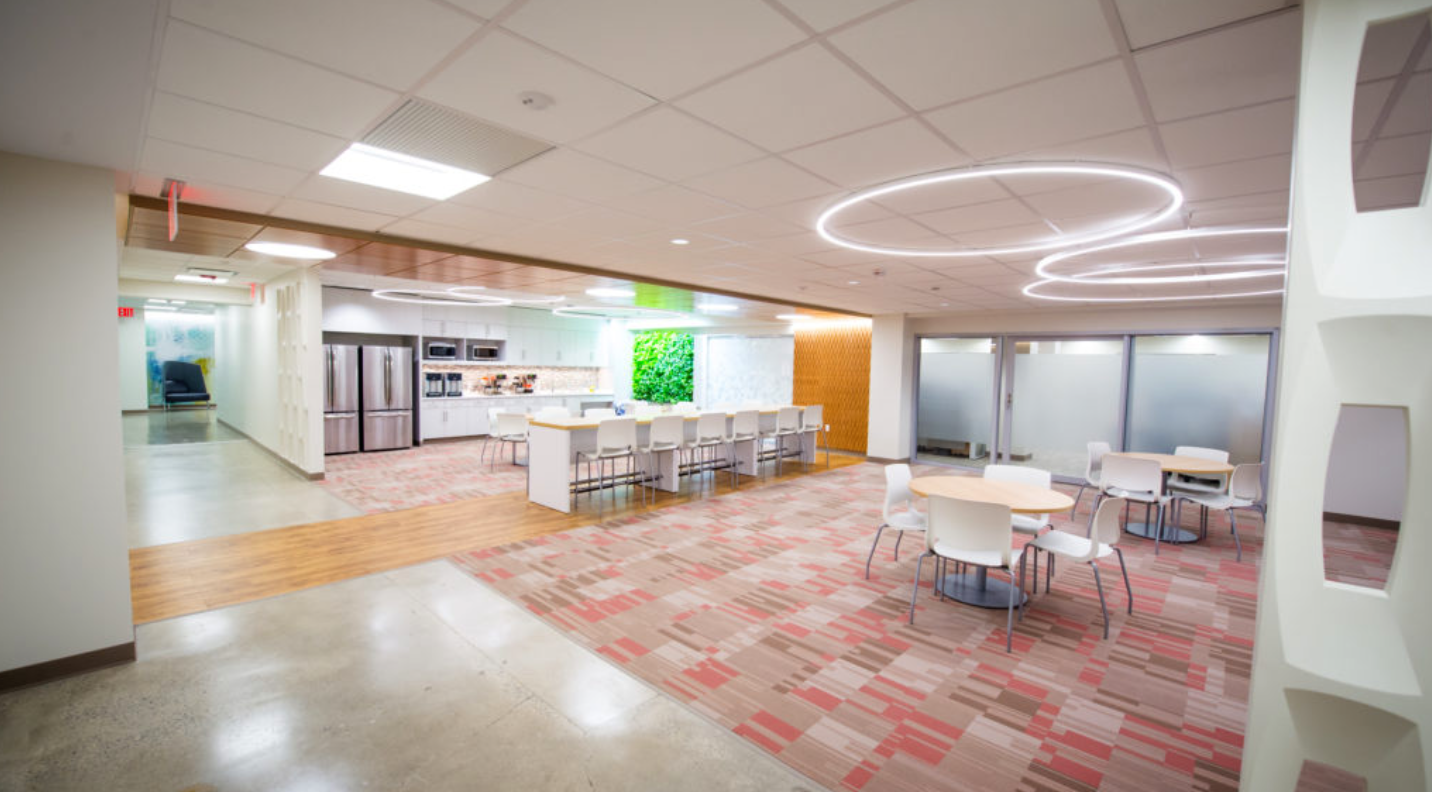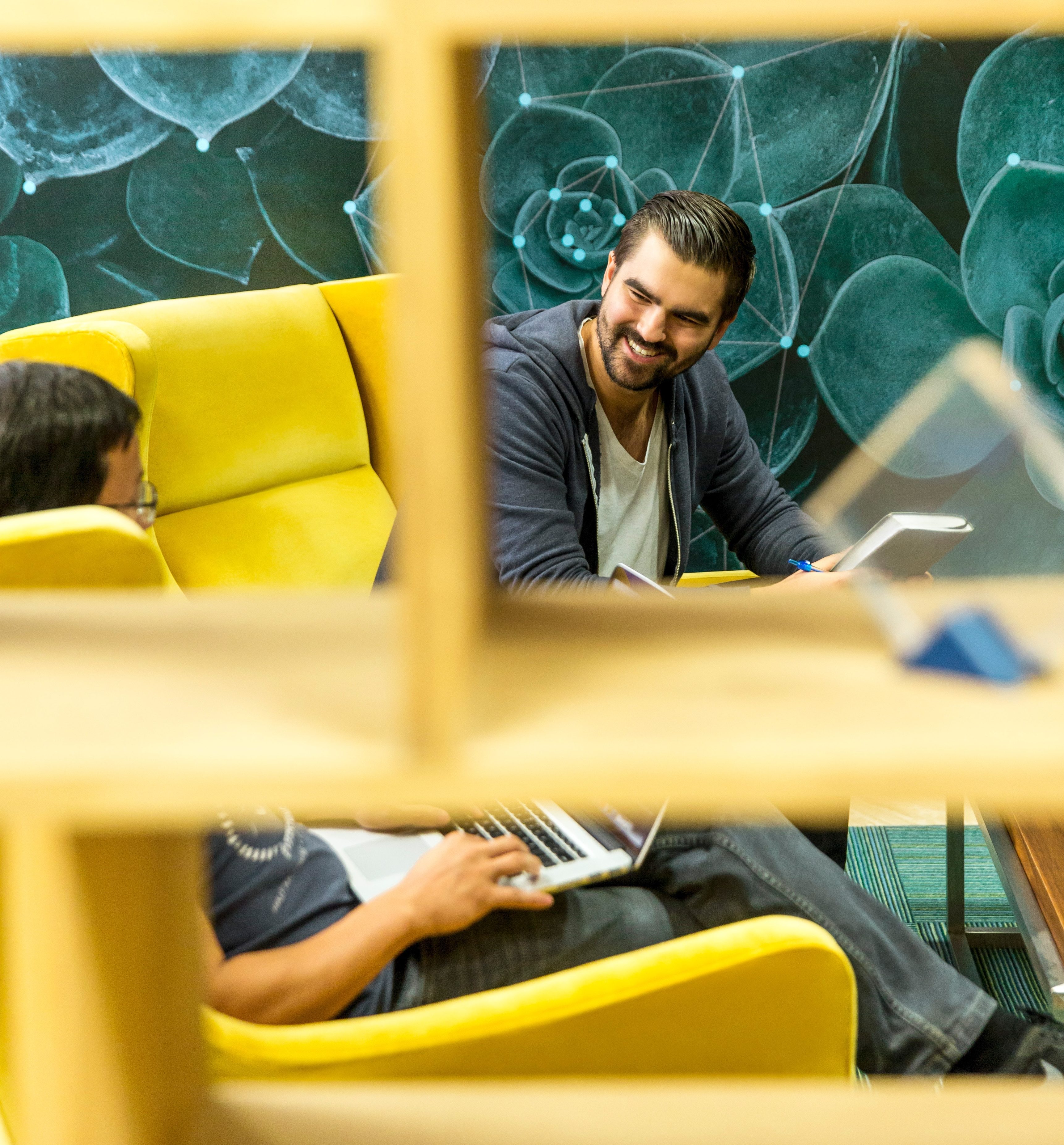Building for the Tenant of The Future
“Workplaces are the operational level in which strategy succeeds or fails,” writes Cushman & Wakefield in their major report, “The Future of the TMT Workplace: How to Future Proof Your Workplace and Real Estate Strategy for the Age of Digital Disruption”. As we continue our conversation about building for the tenant of the future, it’s important to consider the ways in which the organization’s need for productivity aligns with the needs of their employees.
Collaboration vs Concentration: Which One Matters More?
Technological advances and the preference of Millennial workers has resulted in an emphasis on collaborative working spaces. Incredible things are supposed to happen when colleagues from different departments can influence each other’s work: these ‘bump’ moments are said to be critical for innovation.
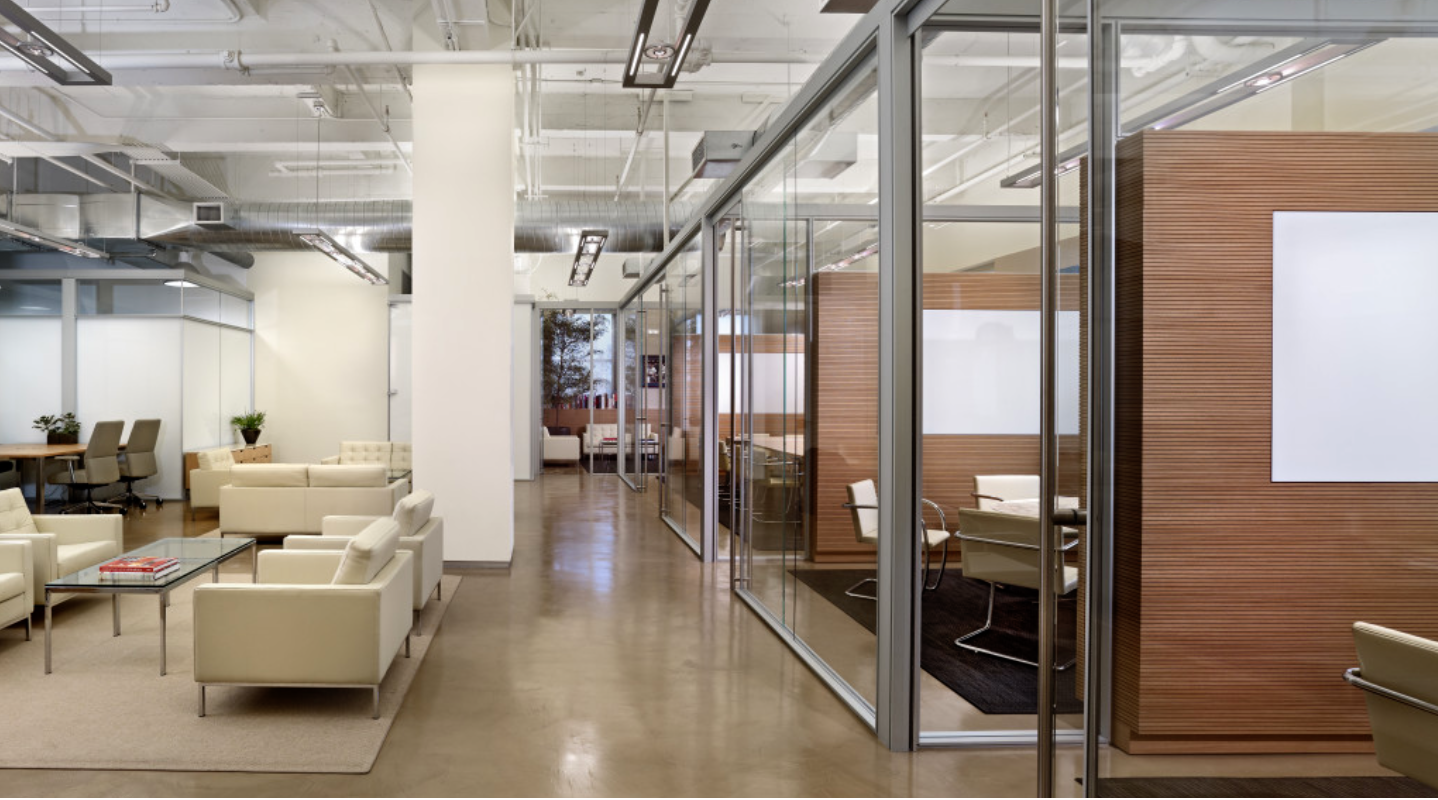
At the same time, workers are easily distracted by the sights and sounds in their surroundings. This responsiveness to auditory and visual cues is hard-wired into humanity. One common critique of open-floorplan workplaces is that they make it quite difficult for workers to focus; this issue is compounded when firms working with budgetary constraints are forced to resort to workarounds like desk farms.
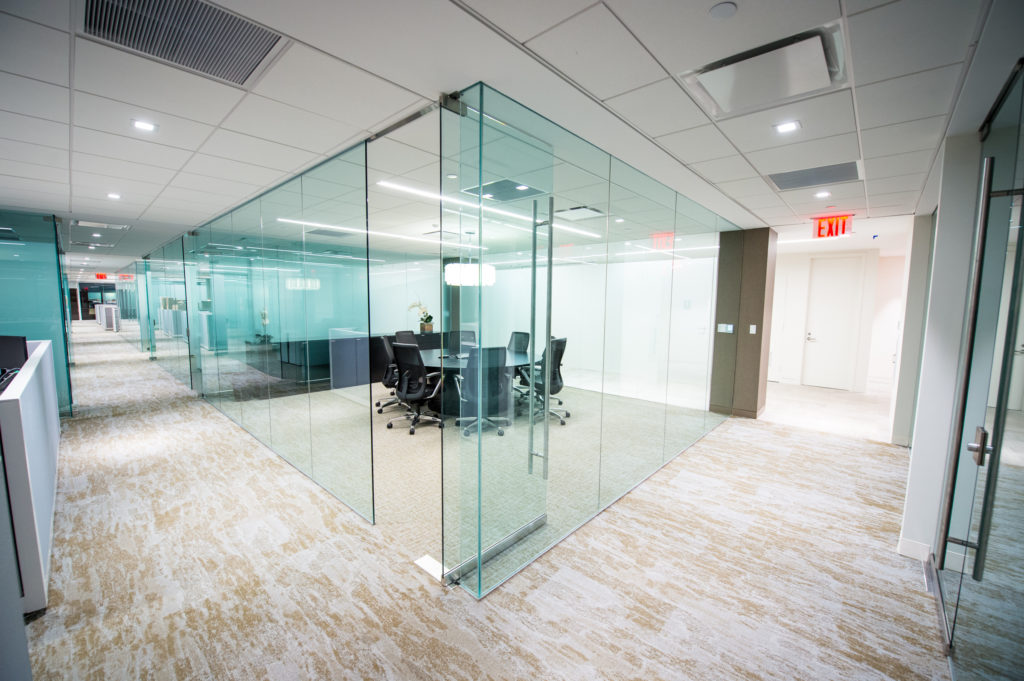 There’s also the issue of colleague proximity; as the Wall Street Journal reports, seeing coworkers clustered nearby can provoke anxiety in some. “If we see a bunch of people gathering in our peripheral vision, we wonder, ‘What are they talking about? Did somebody get laid off? Are they coming to lay me off?’” says Sally Augustin, an environmental psychologist and principal at Design With Science.
There’s also the issue of colleague proximity; as the Wall Street Journal reports, seeing coworkers clustered nearby can provoke anxiety in some. “If we see a bunch of people gathering in our peripheral vision, we wonder, ‘What are they talking about? Did somebody get laid off? Are they coming to lay me off?’” says Sally Augustin, an environmental psychologist and principal at Design With Science.
Designing to Minimize Distraction
Innovative firms like Google, Apple, and Alibaba have invested heavily in creating workplace environments that meet their teams’ needs. Smaller companies have employees that have the same needs, but they don’t have the same budgetary resources available to them.
One way we see smaller firms addressing this issue is through shorter lease terms with tenants. While it was once common for businesses to sign leases for 25 years, the terms today are much, much shorter: when a company outgrows its space, it moves to larger quarters, or, if they’re locked into their existing location, work with a firm that will renovate their legacy infrastructure as needed.
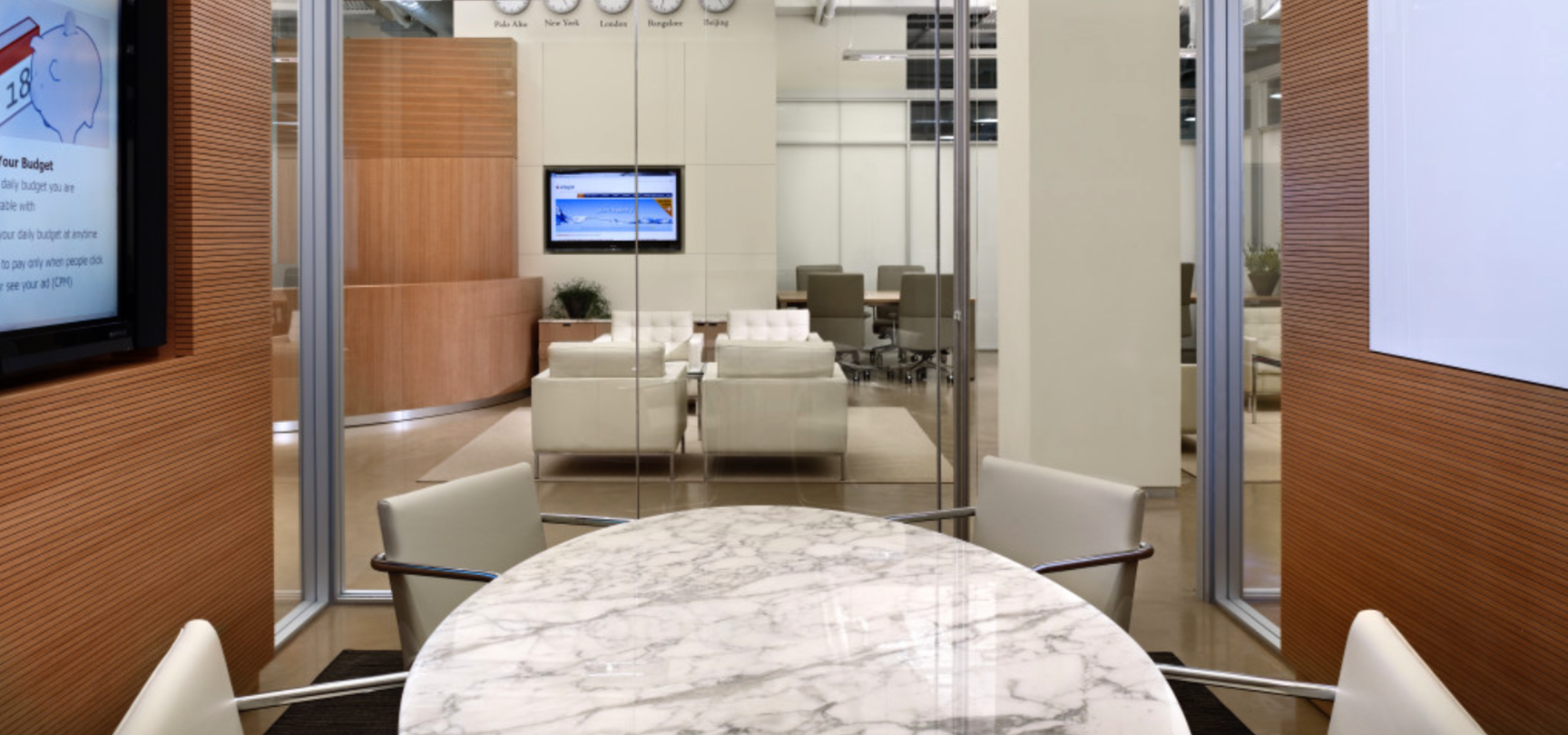
Another way to meet workers’ needs is to design workspaces to minimize distraction. For example, locating huddle rooms or focus areas strategically throughout collaborative areas can reduce the ambient noise levels while filtering out some visual distractions. The placement of stairwells, kitchen areas, and other heavily trafficked areas needs to be done strategically, to both meet employees’ needs – and facilitate those precious ‘bump’ moments – while minimizing distractions to those workers who really need to concentrate. For those searching for an example of this concept in action, the 2016 AIA New York Chapter Winners – the Red Bull NY Office – is the place to look.
Design to Boost Productivity
Despite the extreme adaptability of human beings, we did not evolve to spend most of the day in an office setting. Basic human needs dictate that we require access to natural light, exercise, and social interaction. Understanding what human beings need to thrive can influence workplace design in other ways. The Global Wellness Institute’s 2016 research report, “The Future of Wellness at Work” points out the benefits of building a workplace that encourages movement. Exercise activates the brain, resulting in 20% better response times and creative thinking. Other natural influences like plant-life, and fresh air are something to consider, maybe even an outdoor office. Integrating insights like these into the workplace results in an environment where everyone’s empowered to do their best possible work.
